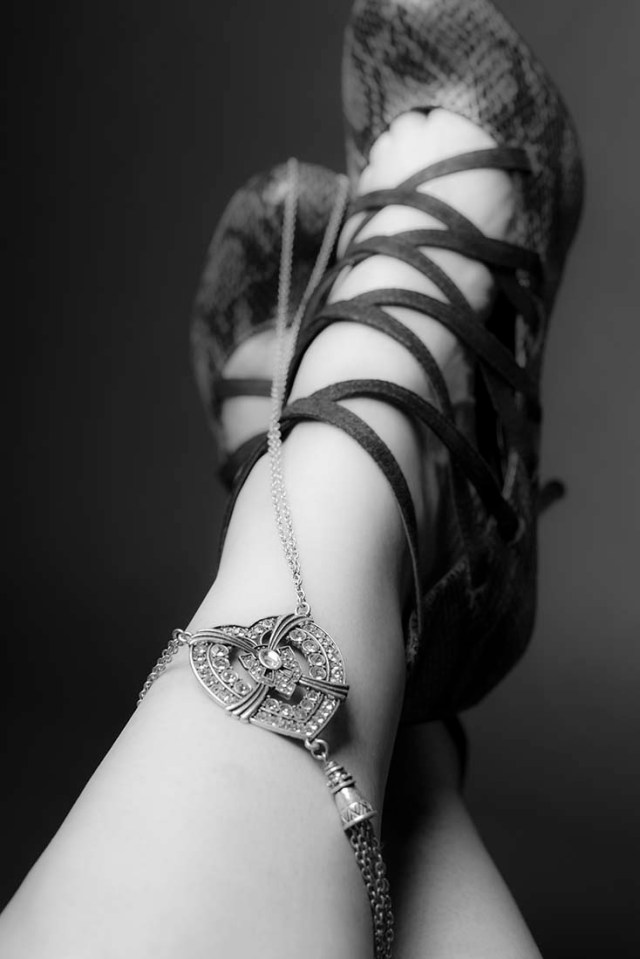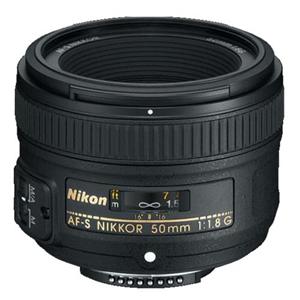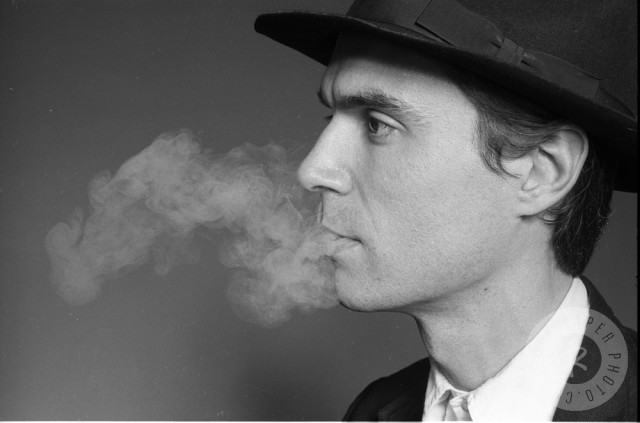I recently had the opportunity to take part in a make-over/photoshoot experience. This was ideal to see the set up for one of these ventures. Thought it would be interesting to see what kind of studio they had, camera/equipment used plus how the photographer dealt with the subject.
There were two further objectives. First, to put myself in the position of subject. By being on the other side of the camera makes you appreciate what that individual is going through & how you can deal with those issues. The second was getting a few shots which I can use on social media & professionally.
I have to admit that I’ve taken part in a couple of professional shoots before, so had an idea of what to expect.
The first ever photo shoot I did was for a Japanese hairdressing magazine. This was back in 1987 (eek!). I really can’t remember too much about it, but it was great fun. This was also a time before mobile phones, selfies & digital cameras. After being dressed & coiffed & made up for the shoot, I ventured into the studio. What did stick in my mind is the heat & brightness of the lights.
Another thing I recall was the test shots. As there wasn’t a way to see pictures taken by the film camera, a few polaroids were taken. The photographer gave them to me as a momento, which I’ve kept to this day. I also still have the original magazine pages (which are the first of the following images which I scanned). The last three images are the polaroid scans. It’s interesting comparing the ‘official’ ones & the test shots. No idea how they did it using colour film, but it brings home how easy it is today to manipulate images.

EPSON MFP image

EPSON MFP image

EPSON MFP image

EPSON MFP image

EPSON MFP image
My second studio experience was in 2002. I took part in a makeover article for a women’s magazine. Unfortunately, my story & images didn’t get printed, but I did get these three photos:

EPSON MFP image

EPSON MFP image

EPSON MFP image
So, this is what happened during my third ‘official’ photo shoot.
Turning up the appointed time with a couple of suitable outfits stuffed in my back pack, I was ushered into hair & make up. After a discussion with the stylist, I agreed for a professional look, rather than total glamour puss. The make up was much heavier that I’m used to, plus I had false eyelashes put on which were quite itchy. My hair was dry-styled with hair curlers. Normally, I have straight hair, so it was nice to have something subtly different from that I’m used to. Looking in the mirror, the person staring back at me was more of a ‘hyperreal’ version of what I’m used to. Not offensive or too shocking, just different from what I’m used to.
Next I met Hanna, the photographer, who escorted me to the studio area. I first went into the changing room & put on my first outfit. The studio itself had a range of backgrounds about one to two metres across. Hannah informed me we had about 30 minutes to take photos. Then we were off.
Hannah was friendly & quite helpful. She directed me with regards to poses, asking me to tilt head this way, change foot position, look into the camera. Firm, but confident in what she was doing. You could tell that Hannah was more used to people who hadn’t done something like this before.
It was interesting to note that the lighting in the studio itself was quite bright, with only a soft box for contrast. From what I learnt during the previous studio sessions during the course, I knew that it would be a flattering light, but not very dynamic.
After the photo session, I then had to choose five images. It was easy getting down to about ten, but then I remembered what the objective was. I soon whittled it down to the required five.
About a week later, I received a CD rom with the images. Interestingly they weren’t edited so I had to do this myself using both Camera Raw & Photoshop.
Zig has pointed in previous sessions hat when taking photos of people, skin tone can appear more orange than in reality. Reducing both hue & saturation in Camera Raw gives a more natural appearance.
Another aspect that Zig brought to our attention was the less ‘imperfections’ during a shoot, the less time spent in front of a PC after. This was hit home to me when I had to edit the sock marks from my ankle on the final Studio Photography images. This point also resonated when I took a closer look at my images. No major changes, but taking out a small spot of smudged lipstick & zapping a bike bruise from my leg using the Healing Tool in Photoshop made a difference. Then using the blur filter made for a more flattering finish. The other changes I made to the shots was to crop either for a head shot or improve the composition, then resize the file for online usage
The other thing I don’t particularly like with the images is the ‘flatness’. Not enough contrast with regards to the lighting. I would certainly use more than one source in future to make the most of the subject.
I have to admit that this time last year I would have no idea what to do with the images I received. I probably would have either had put the images up online as they were or stuck the disc in a drawer, never to be looked at again. I’ve come along way…
Criteria ref: 2.1, 2.2, 2.3, 2.4, 3.2, 4.1





























































































































You must be logged in to post a comment.